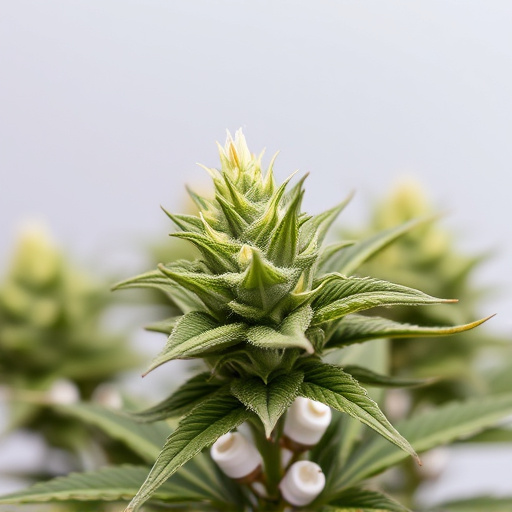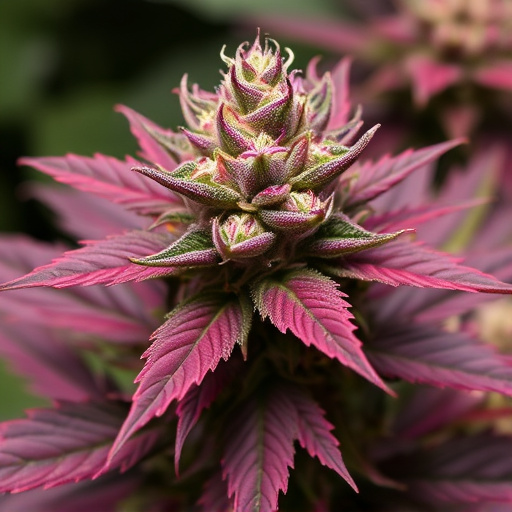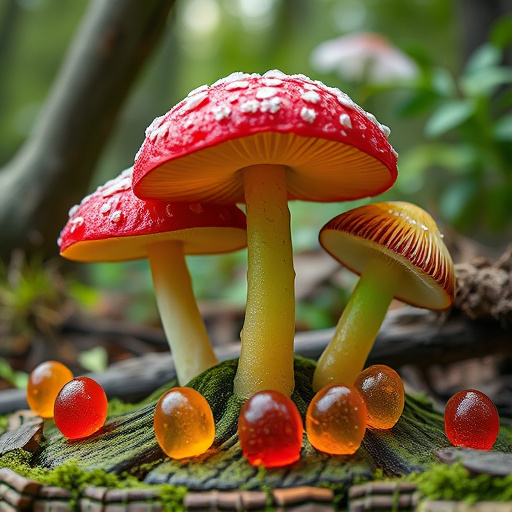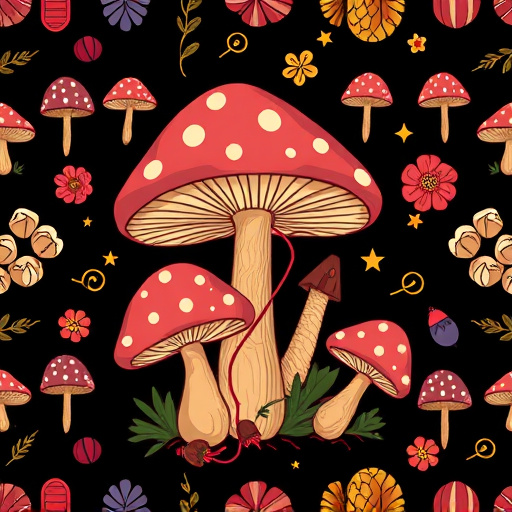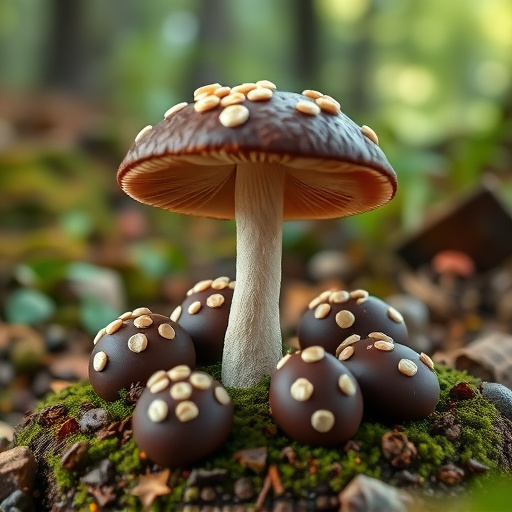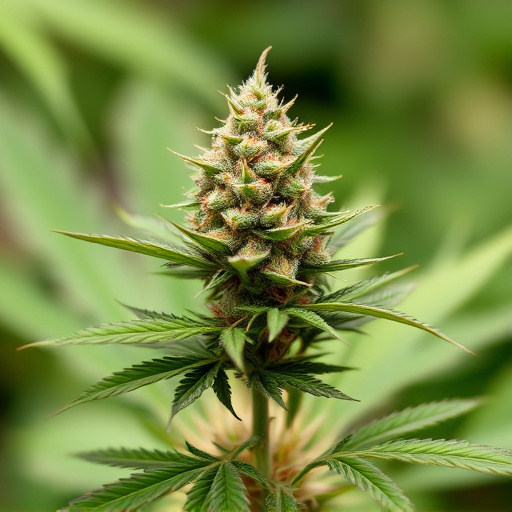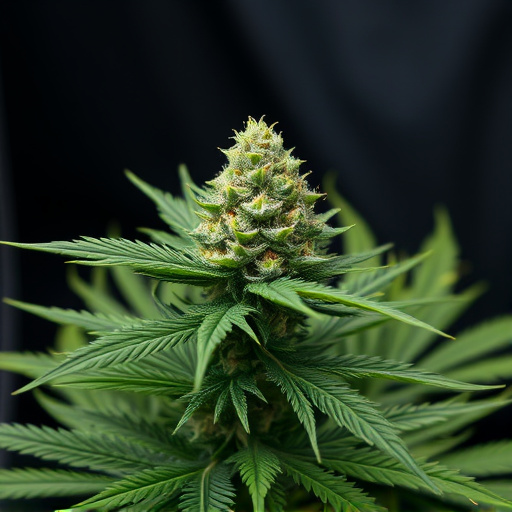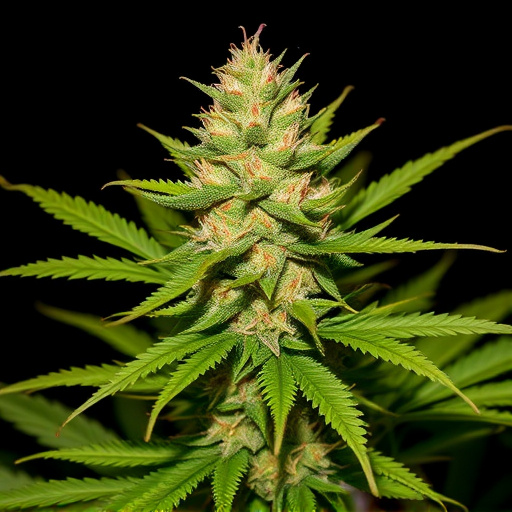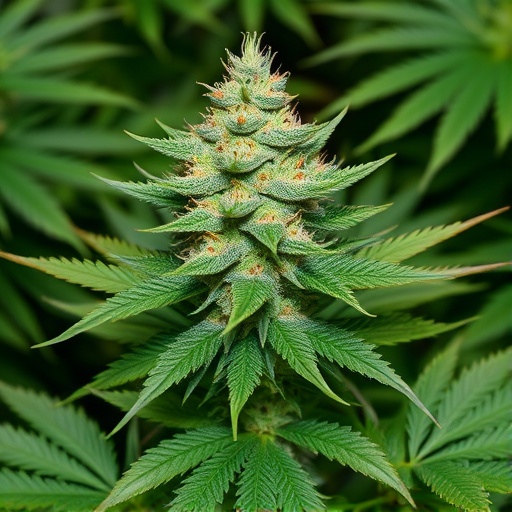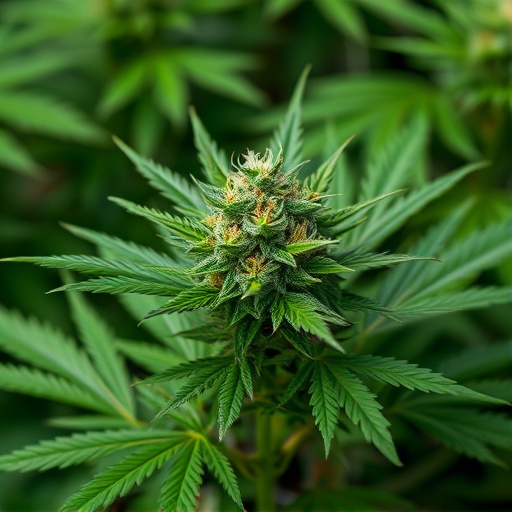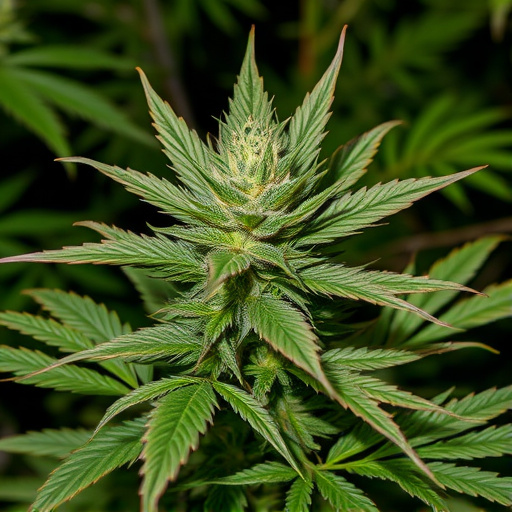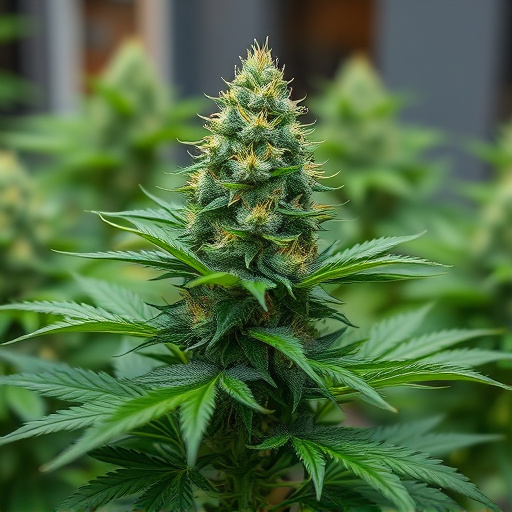Identifying spoiled cannabis in potent strains requires a critical eye for mold/mildew (white, black, or green spots) and discolored buds, as well as an unpleasant aroma. To maintain high quality, visually inspect for these cues, assess aroma, and store in airtight containers away from direct sunlight and heat, in cool, dark places like pantries or fridges to prevent mold, mildew, or discoloration.
Tired of stale cannabis? Learn to spot bad flowers before they take a toll on your experience. This guide breaks down visual and olfactory cues, shelf life expectations, and preventative measures to help you identify when your cherished strong cannabis strains have gone bad. Discover how to maximize freshness and enhance your next session with top-quality buds.
- Visual and Olfactive Cues: Recognizing Signs of Spoilage
- Understanding Shelf Life: When to Let Go
- Preventative Measures: Extending the Lifespan of Your Flowers
Visual and Olfactive Cues: Recognizing Signs of Spoilage
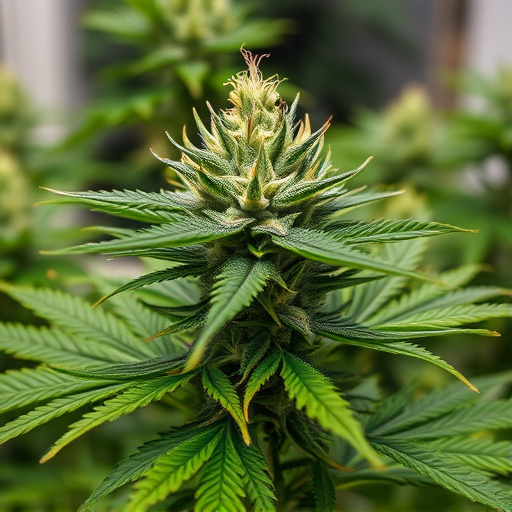
When it comes to identifying whether your cannabis flower has gone bad, especially with strong cannabis strains, a keen eye and nose are your best allies. Visually, check for any signs of mold or mildew, which can appear as white, black, or green spots on the buds. These are clear indicators that your cannabis is no longer fresh and may have become unsafe to consume. The color of the buds should remain vibrant and uniform; discolored or yellowed flowers are a sign of spoilage.
A strong, pleasant aroma is a key characteristic of high-quality cannabis. However, if you notice a foul stench, similar to rotten eggs or spoiled food, it’s a red flag that something is amiss. The scent of your cannabis should be consistent with its known profile, enhancing the experience without overpowering it. If the smell is off, it could mean the product has oxidized or been exposed to unfavorable conditions, rendering it less enjoyable and potentially less effective.
Understanding Shelf Life: When to Let Go
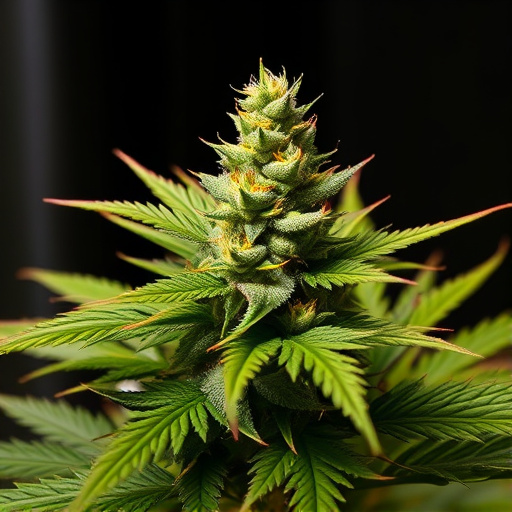
Cannabis flowers, especially sought-after strong cannabis strains, have a limited shelf life. Knowing when to let go is crucial for maintaining quality and ensuring a rewarding experience. While the ideal storage conditions can extend their lifespan, eventually, even the best-preserved buds will deteriorate.
Visual cues are key indicators. Look for signs of mold, mildew, or discoloration. A strong, pleasant aroma wanes over time; if it becomes pungent or off-putting, it’s a clear sign of spoilage. Texture also changes; soft, sticky flowers transform into dry, brittle ones. Remember, fresh cannabis offers the best flavor and effects, so timely consumption is essential after noticing any of these signs.
Preventative Measures: Extending the Lifespan of Your Flowers
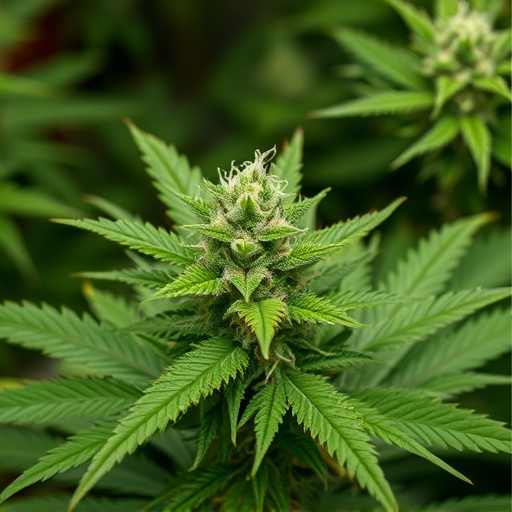
To ensure your strong cannabis strains remain fresh and potent, it’s essential to implement preventative measures that extend their lifespan. Proper storage is key; keep flowers in an airtight container, stored in a cool, dark place like a pantry or fridge. Avoid exposing them to direct sunlight or excessive heat, as these conditions accelerate degradation.
Regular inspection is another vital step. Check your cannabis regularly for any signs of mold, mildew, or discoloration. Addressing issues early prevents the contamination that can render flowers unusable. Additionally, maintain optimal humidity levels; too much moisture fosters the growth of unwanted fungi, while too little can dry out the flowers, impacting their quality and aroma.
When it comes to enjoying the full potential of strong cannabis strains, knowing how to spot bad flowers is essential. By being vigilant with visual and olfactive cues, understanding shelf life, and implementing preventative measures, you can ensure a premium experience each time. Remember, proper storage and timely consumption are key to preserving the quality of your cannabis flowers, allowing you to fully appreciate their unique attributes.
